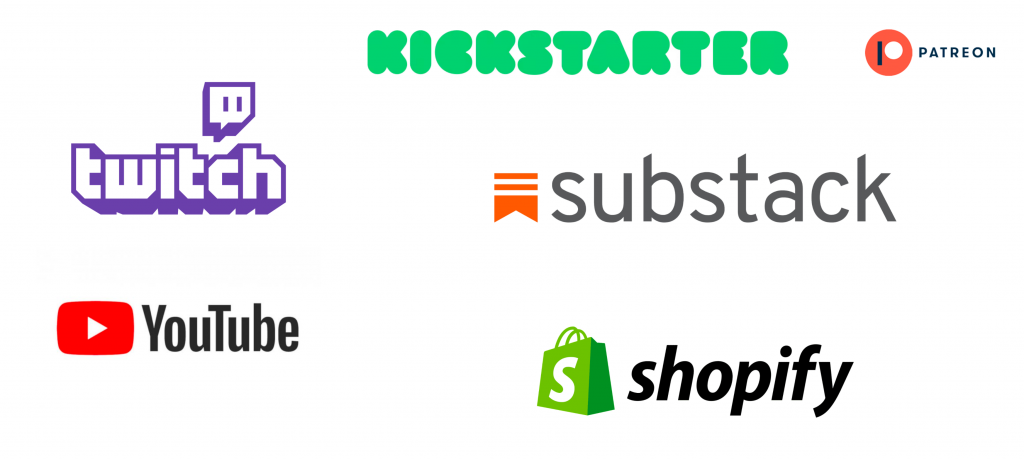Crowdfunding and the creator economy are a match made in heaven. In this article, we’ll see how new tools from the emerging Web3 enable a fairer distribution of money to the creators.
First, a disclaimer: this article has been written in April ’22. The Web3 tools we’ll discuss are developing at breakneck speed, so if you’re reading this from the future, please keep that in mind!
Let’s define ‘creator economy’ so we’re all in the same page:
The Creator economy is a software-facilitated economy that allows creators to earn revenue from their creations.
Wikipedia
And perhaps it’s also worth defining the difference between Web 2.0 and Web3.
In the first era of the Internet (up to the year 2000 more or less), the world wide web was built with open protocols. At this point, it was very difficult for anyone to build a website. Social networks as we understand them today had not even been invented. We could say it was a ‘read-only‘ internet.
With the emergence of the current Web 2.0, big companies made the internet more accessible by creating software and services that anyone could use. Think of how easy it is to open an account with Twitter. You can now easily read and write on the internet.
The web3 (which we could say it started around 2020) adds a layer of decentralised trust with the blockchain technology. Through the creation of verifiable digital property, the Web3 allows not only to write and read but also to own digital assets.
If you’re interested in understanding these concepts in more detail, this article covers the basics.
The problem with Web 2.0
The web as we know it in 2022 is dominated by a few, huge companies or platforms: Meta, Google (owner of not only the search engine but also YouTube), Twitter, TikTok…
As Chris Dixon has articulated masterfully, the problem with the Web 2.0 platforms is their business model. They switch from being collaborative to being extractive as they scale and start enjoying the network effects. And that happens with every single player in the ecosystem: users, creators, developers, businesses…
To bring it to life, and if you’re old enough, think about how different is the experience of watching videos on YouTube in 2022 vs. 2017:
- Many more ad breaks, at the most inconvenient points.
- Creators being demonetised.
- Videos targeting the easy views…
The main reason why this happens is because they are centralised platforms. They want to extract as much value as possible for their investors.
Web 2.0 tools for the creator economy: Kickstarter and Patreon
Despite all of these problems, there are still some great tools in the Web 2.0 for creators to monetise their passions.
This is a crowdfunding blog. This means that we have to mention Kickstarter and Patreon.
Kickstarter allows creators to fund one-off projects, by leveraging their audience. The backers of the project will receive rewards in exchange for their support. The 20 rules of crowdfunding apply perfectly on projects launched on Kickstarter.
Patreon allows creators to receive a monthly membership from their followers in exchange of exclusive content or merchandising.
But even outside of the crowdfunding sphere we should consider other platforms like Shopify (ecommerce tools) and Substack (paid newsletters) like great 2.0 tools to monetise a passion.
Finally, it’s fair to mention Twitch and YouTube as two 2.0 platforms that, while taking most of the ad revenue, still allow creators (streamers and, errr, youtubers) to make a living.

The future of the creator economy: Web3 tools
Web3 offers us this new range of tools enabled by the blockchain. Crowdfunding and the creator economy will go, without a doubt, to the next level. And so far it seems to be enabled by NFTs and DAOs. It’s still early days though and I’m sure that in the near future we’ll see an explosion of new ways to monetise art and passions. It will also be interesting to see how the Web 2.0 companies will adapt to this transitions. As of April 2022 all of them have made some sort of announcement related to web3 or the metaverse.
Non-Fungible Tokens (NFTs)
A non-fungible token is a non-interchangeable unit of data stored on a blockchain, a form of digital ledger, that can be sold and traded. Types of NFT data units may be associated with digital files such as photos, videos, and audio.
Wikipedia
Think about NFTs as certificate of authenticity of a work of art. Through an initial minting of NFTs, creators can fund all sorts of projects. Being backed by a smart contract, NFTs can be programmed to do all sorts of interesting things: access to exclusive content, giving a percentage of future sales to the artists, early access to tickets, discounts… Due to the immutability of the blockchain, through NFTs we build trust. We can be certain that what an artist offered initially will be fulfilled as per the smart contract.
DAOs
The initials stand for Decentralised Autonomous Organisations. They are communities organised around a cause, usually with some sort of utility token to reward contributions. We’ve seen a few examples of massive crowdfunding campaigns organised around a DAO. Perhaps the most notorious one so far is the now defunct Constitution DAO, which raised $47m in Ether to purchase a copy of the American Constitution. The bid failed but it showed how this tool could be used to raise funds effectively. It will be interesting to see how it will enable creators to earn a living.
Wrapping it up
Crowdfunding and the creator economy is a huge space in which we’ll see tonnes of innovation in the next few years. I will be writing about my experience in this world (as of April ’22 I’m involved in two projects still in stealth mode).
If you need support with your Web 2.0 or Web3 creative project, please reach out. Equally, if you’re working on a Web3 tool for the creator economy, let’s have a chat! I am certain that a lot of the strategies that work on Web 2.0 will translate to the new reality. In any case, here’s how to contact me.

Leave a Reply